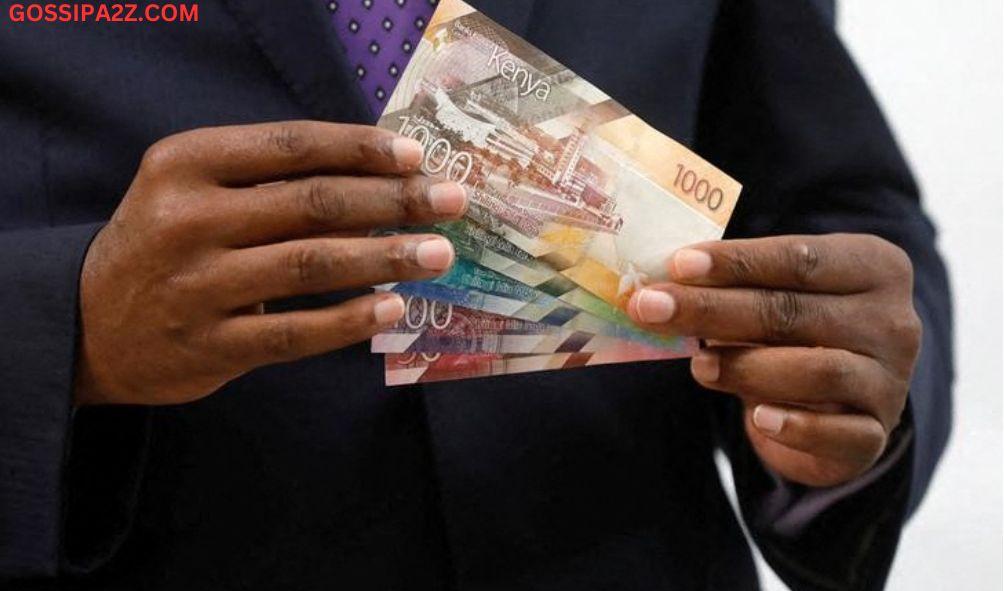Kenyan Shilling Hits All-Time Dollar Low
On Monday, the Kenyan shilling reached its lowest value ever compared to the US Dollar. This situation has paved the way for more expensive imports, which encompass items such as fuel and electricity. Additionally, it has raised concerns about difficulties in managing the cost of servicing foreign currency loans.
The market information revealed that the shilling had an average exchange rate of 142.98, driven by a rise in demand from manufacturers for the US dollar.
Since the start of this year, the value of the Kenyan shilling has been decreasing. At the beginning of the year, the local currency was valued at an average of 123.42 against the US dollar.
For the second time in less than a week, the domestic currency has once again experienced a decline, adding strain on those involved in importing goods.
Importers consume the largest portion of the nation’s dollar requisitions, primarily directed toward the purchase of raw materials for businesses, fuel, wheat, cooking oil, apparel, and various other commodities.
On Friday, the currency conversion rates were recorded at Ksh142.886. Currently, commercial banks are offering exchange rates for the Kenyan shilling ranging from Ksh143.00 to Ksh143.20 per US dollar. This marks a rise from the rates of Ksh142.90/143.00 observed on Friday.
ALSO READ: ICC Prosecutor Khan Steps Back from Kenyan Cases Amidst Azimio Onslaught
Impacts of shilling depreciation
The devaluation of the shilling about the dollar is expected to lead to an increase in the prices of essential goods. This comes at a time when numerous Kenyan residents are already expressing concerns about the elevated expenses of maintaining their livelihoods.
A greater currency conversion rate implies that purchasers bringing goods into Kenya will incur higher expenses for obtaining raw materials. As a result, the elevated production costs will be transferred to the end consumers.
Electricity users will experience higher costs as a result of foreign exchange fees that are included in their electricity invoices.
Furthermore, the nation is expected to incur higher expenses when settling the payments for imported fuel obtained on credit. This increased cost will then be transferred to consumers when they purchase fuel at gas stations.
On the flip side, exporters of flowers, tea, and coffee will find a reason to celebrate as their profits experience a rise.
Experts have cautioned that the Kenyan currency may continue to experience a downward trend, but there is a possibility of it rebounding by the year’s conclusion.
In July, EFG Hermes Research predicted that the Kenyan Shilling would experience further depreciation against the US dollar, reaching around Ksh150 by December 2023.
Kenyan Shilling Hits All-Time Dollar Low
